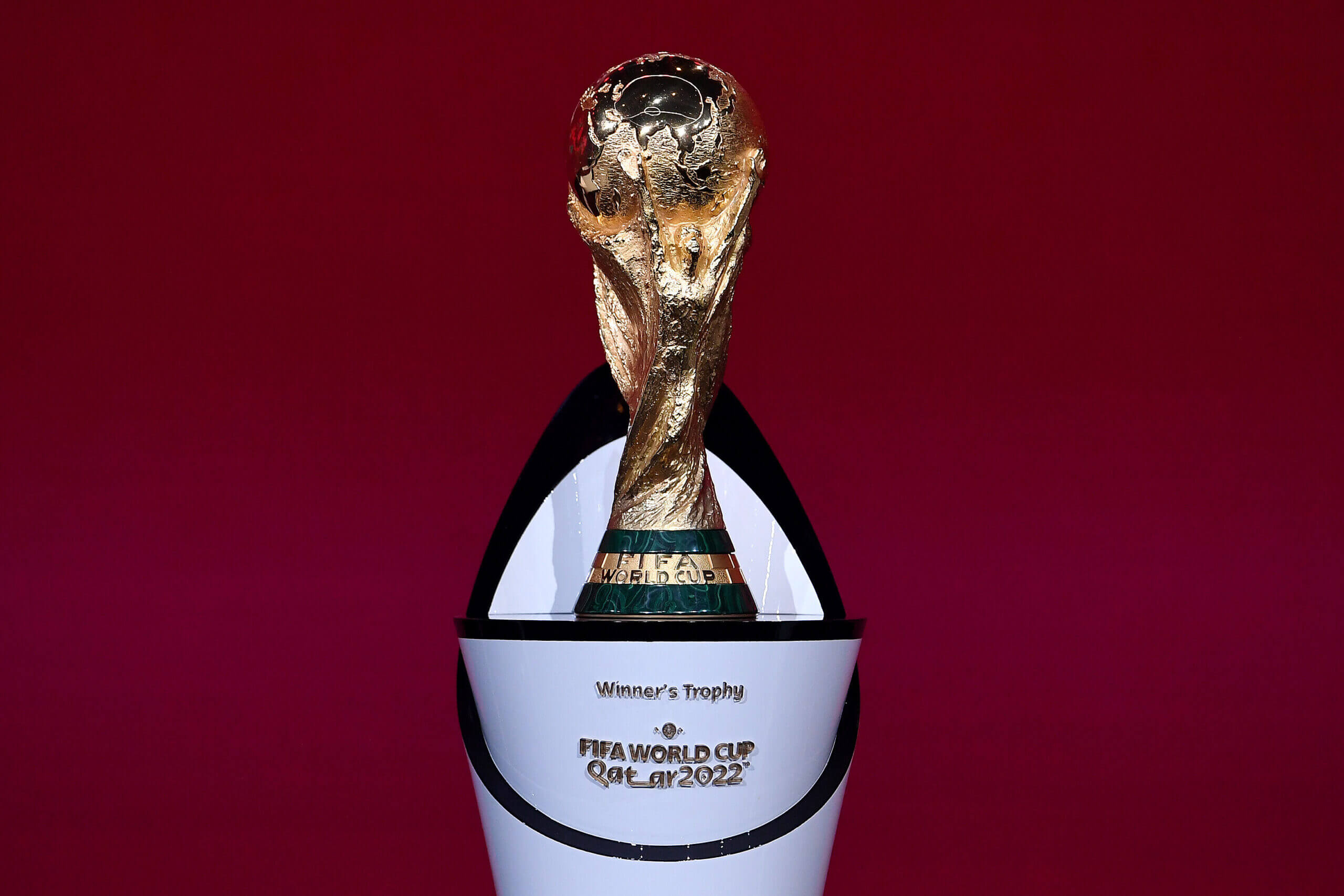The Absolute Crap I Had to Dig Through to Understand the FIFA Trophy Rules
Man, I swear I thought I knew everything about the World Cup. You know, the usual pub talk: Pele, Maradona, the big upsets. But last year, during the Qatar tournament, I got into this absolutely wild argument with my buddy, Tom. It wasn’t about the final score; it was about who actually owns the damn thing.

Everyone thinks if you win the World Cup three times, you get to keep the trophy forever. That’s what we learned growing up, right? Brazil did it back in 1970, so they got to keep the old one, the Jules Rimet trophy. That’s the classic story. So Tom, being the smart aleck he is, bet me a significant amount of cash—we’re talking enough for a decent used car—that no one, absolutely no one, will ever keep the current trophy permanently. I laughed in his face. I was like, “Dude, that can’t be true. They must have a rule for the three-time winner.”
That stupid bet is why I spent the next three days diving into the most obscure, dry, and frankly depressing official FIFA documents I could find. It felt like trying to read ancient Sumerian texts.
My first step was hitting up the easy sources, the Wikipedia pages and the sports news archives. They confirmed the general history, but they kept contradicting each other on the current rules. Some articles referenced the old 1970 rulebook, and others vaguely mentioned a “new policy.” This just confirmed my suspicion that the official details were buried deep.
Step Two: Finding the Real Rules.
I realized I needed to get away from the news reporters and go straight to the source. Finding the actual FIFA Regulations section on the trophy was like hunting for a needle in a haystack of press releases and sponsorship deals. When I finally managed to navigate the official site’s insane structure, I found what I needed in the detailed tournament regulations, hidden right near the sections about team misconduct and broadcasting rights.

And let me tell you, I was dead wrong. Tom was right. I almost lost that car.
Here’s the breakdown of the official nonsense I had to absorb:
- The Old Trophy vs. The New Trophy: The Jules Rimet Trophy (the old one that Brazil kept) was under a different set of rules. That rule is GONE. Finished. Kaput.
- The Current Trophy (The Real One): The current trophy, the massive gold thing designed in 1974, is officially called the “FIFA World Cup Trophy.” And here’s the kicker: it’s the property of FIFA, and it stays the property of FIFA forever.
- The Time Limit: The winning nation gets to hold the actual trophy for the celebration and the official presentation ceremony. That’s it. Roughly the length of the after-party. Then, security sweeps in, grabs the golden giant, and ships it straight back to FIFA Headquarters in Zurich.
I couldn’t believe it. I scrolled through the text, reading the section on “Trophy Retention” four or five times just to make sure I hadn’t missed some hidden loophole saying, “Unless Brazil wins again, in which case they get to keep it for a weekend.” Nope. No loopholes.
What the Winners Actually Keep
This is where the practice part really gets interesting and a bit sad. Since they don’t keep the actual trophy, what do they get?
They get what FIFA officially calls the “Winner’s Trophy.” I learned this by cross-referencing a press release about the trophy’s insurance value with the security protocol document. The Winner’s Trophy is a bronze replica, gold-plated, and it’s hollow. It looks exactly like the real thing, but it’s just a copy. It’s what you see in the national museums and at celebratory events years later. The original trophy is literally kept locked away, only traveling under extreme security for the presentation and maybe a highly controlled tour before the next tournament.

I called Tom up, admitted defeat, and started arranging payment. But he asked me why I went to all this trouble. I mean, who spends three days reading regulatory documents just to settle a bar argument?
It goes back to the absolute crap job I had three years ago. I was working retail management, dealing with inventory and security procedures that were ridiculously over-the-top. We had to follow a 50-page manual just to move highly priced electronics from the back room to the display case. It was all about Chain of Custody, accountability, and making sure nobody swiped anything.
I got fired from that job, actually. Not for stealing, but because I dared to point out that the official procedure manual was internally contradictory. I was right, but the regional manager hated being proven wrong. They made up some excuse about “lack of compliance” and booted me out the door.
Since then, if I’m arguing about rules—whether it’s the rules of the road, the rules of a fantasy league, or the rules of a massive global soccer tournament—I have this weird compulsion. I can’t just accept the general idea; I have to find the actual, boring, frustratingly specific official text that governs it. It’s my way of making sure nobody can pull that “lack of compliance” garbage on me again.
So yeah, I lost the bet, but I gained the ultimate truth about the biggest prize in sports. It’s a glorified rental agreement. The real champion is always FIFA itself, holding onto their massive gold asset forever. Good practice for life, honestly. Always read the fine print, especially when a used car is on the line.

